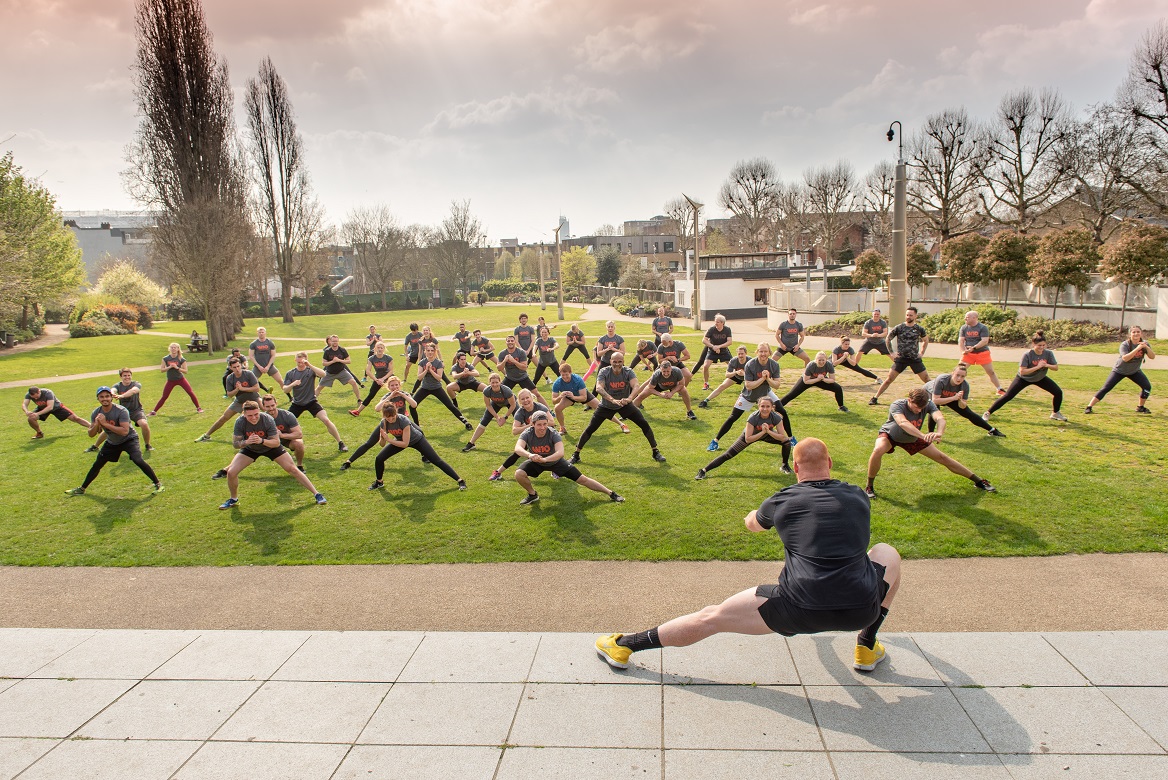
Categories
How Do I Improve My Fitness?
Firstly, let’s take a moment to think about what “fitness” actually means. Fitness is regarded as someone’s ability to carry out endurance activities with minimal exhaustion. This is only partly true, there is a lot more to consider which we will explore below.
What is fitness?
Fitness comprises many different physical qualities needed to perform sports and exercise. Cardiovascular fitness, strength, flexibility, local muscular endurance, and speed. These all contribute to a greater or lesser extent to a given activity and all warrant some consideration. For example, a distance runner who has poor strength of his postural and stabilising muscles will be a less competent athlete, more prone to premature exhaustion or injury, regardless of how efficient their cardiovascular or respiratory systems are.
For the purposes of this blog, we will talk in terms of improving “work capacity”. Work Capacity defined as the general ability of the body to produce work at the desired intensity and duration using the appropriate energy systems required.
The 3 energy systems of the body
To give an idea of how to improve our work capacity lets first talk about the body’s three energy systems.
These are:
1) The anaerobic alactic (10-12 seconds of maximum exertion).
2) The anerobic lactic (60-90 second bouts, requiring the breakdown of glucose or glycogen to produce energy).
3) The aerobic system (a submaximal activity relying on oxygen to produce energy).
The fuel for these energy systems is a molecule called Adenosine Triphosphate (ATP). The capacity for energy production is represented by the duration of the exercise mode you’re trying to improve, your training should match these durations and intensities appropriately.
The alactic anaerobic system
The alactic anaerobic system uses the ATP already stored in your muscle fibers. It is important that your intervals are split into max output efforts with almost full recovery. For example, a 10s all-out sprint or sled push with at least a minute of complete rest to let your energy replenish and allow you to give another all-out effort on the next rep.
The lactic anaerobic system
In repeated sprint training you utilise your lactic anaerobic system more which kicks in when using intervals of a longer duration. Depending on your goals or nature of your sport you can train this system using different methods. Some examples of these would be lactic power intervals. These are 20-40 seconds of maximum intensity efforts where you let your heart rate return between 110 – 130 beat per minute on your recovery. This translates to a work to rest ratio of around 1:3/1:2 depending on your fitness level. Another method which predominantly uses this method is a lactic capacity interval which consists of 90 – 120 of high-intensity work followed by 2-3 minutes rest.
The aerobic system
The final energy system is the aerobic system. This is the main driver in submaximal exercise. This energy system takes the longest duration to develop in comparison to the others. It is important for both general respiratory health and essential in the recovery of the previously mentioned energy systems, as they don’t operate independently.
Steady state exercise is not popular these days within the fitness world. However, its importance cannot be underestimated. It lays the foundation for developing your all round work capacity. It is important to note if your goal is to complete an endurance event, for example, then the aerobic system contributes 98% of all energy provided. The reason this energy system is called aerobic is that oxygen must be present to produce energy. During this process, ATP is not as readily available as that which is stored in the muscle or provided through glycogen. The aerobic system is also what most people would associate with “cardio” fitness, i.e. your heart and lung fitness.
Training methods
Training methods include the cardiac output method, choosing a pace and activity allowing you to maintain a heart rate of between 130 -150 beats per minute and retain for 30 – 90mins. Another method is to record your maximal aerobic speed using a 1km run test. This test shows the speed you can maintain whilst staying under your anaerobic threshold. A good measure of someone’s aerobic capacity is the VO2 max test. This test is the maximum rate at which the heart, lungs, and muscles can effectively use oxygen during exercise.
So, to conclude, to improve overall work capacity take into consideration all energy systems, their training methodologies and how they interact with one another. It’s vital to note that consistently trying to train maximally will potentially lead to burn out or injury.
Building a good aerobic base should be the foundation for building the rest of your fitness.
Our mission is to help people live their best lives outside of the gym by providing the best possible standards of personal training in London.
Related Articles
- Fitness Training & Nutrition – A Match Made in the Gym
- What’s Important for Beginner Fitness?
- Fitness Truths: 5 Essential Fitness Rules
- Fitness Is About More Than The Gym
- How We Help Our Members Consistently Achieve Their Fitness Goals and Get Results


